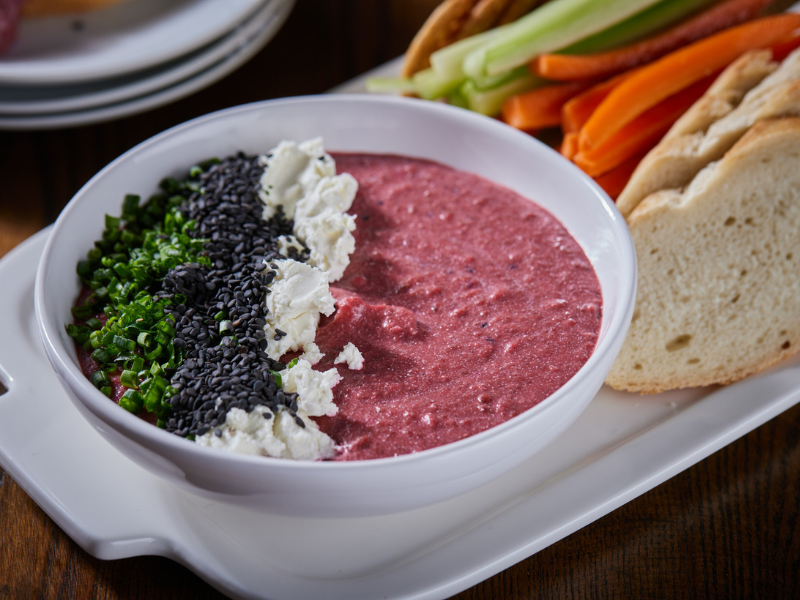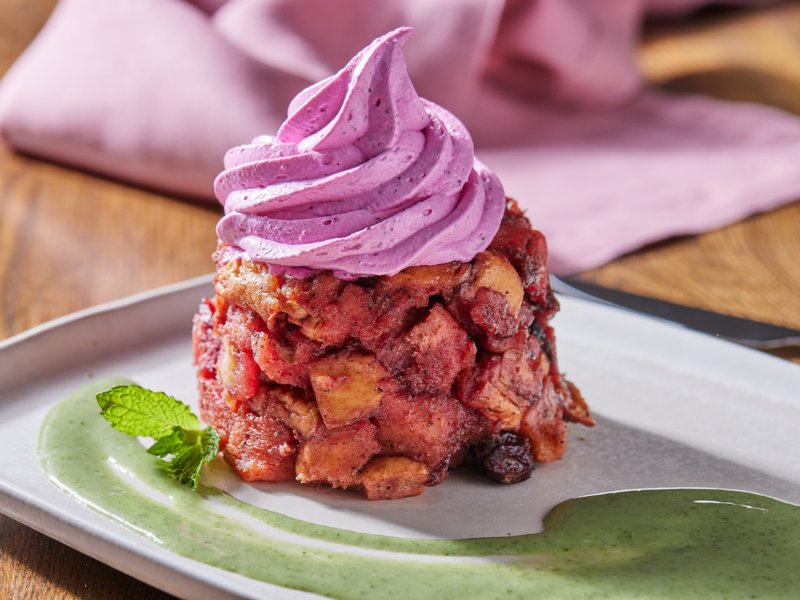Build Your Bridge to Local Sales Success with Flying Colors
When it comes to one of the first things that attracts people to a particular food, there’s no question that its color is a major contributor. Most people associate certain colors with a certain type of food and when a food’s color doesn’t match our expectations, it can often have a psychological effect. Affinity Group is here to help show you how these interesting insights into proper use of color can help your customers form positive impressions of the foods you serve.
Hear from our experts:
 True Colors
True Colors
Can the color of food truly change how it tastes? The answer is surprisingly yes. Read on to learn all the different ways in which color has the power to transform our perception of the food we eat.
- Flavor
People make flavor assumptions based on color all the time. For instance, many believe that when an apple is red, its taste will be sweet. This is because it has been ingrained in many people that a bright red apple is a ripe apple. - Fullness
Color can also impact how much or little people eat. For instance, white foods like popcorn are often considered much easier to eat a lot of. It’s also been shown that even the color of a plate can be a factor in determining how much people eat. - Enjoyment
Brightly colored meals are often associated with good flavor and a balanced diet. The answer to this is pretty simple – when an individual finds the color of the food more appealing, they enjoy the food more. That’s why meals in white, pink, red, blue, and other bright colors always seem to be more in demand.

 A Colorful Perspective
A Colorful Perspective
Here are how consumers see certain colors when it comes to their food:
- Red
Red colors are always associated with an appetizing meal. Much research has indicated that the use of red causes people to consume more. It’s also been argued that red means fruit or means it’s ripe. - Blue
Blue foods aren’t particularly common except for foods such as blue carrots, pea flowers, and blue grapes. While it is not yet understood why blue meals are rare, some have argued that they suppress appetites. - Green
Green is thought of as the color of a natural and healthy diet. Green-colored meals are usually veggies and fruits. They are often associated with nutrition and freshness as well as a balanced diet. - Orange
Orange is often perceived as the official color of autumn or fall foods such as squash, pumpkin, and candy corn. Orange is also associated with vibrancy, and foods such as juice are known to give good vitality.

Although color may unconsciously influence how people view the food they eat, you can definitely make a conscious effort to use your newfound color knowledge to help the delicious foods you serve up even more enjoyable to the people who eat them. Remember that the passionate team of experts at Affinity Group is always here to give you access to insights that will help you build up your brand and show you the color of money as you continue Building Your Bridge to Local Sales Success.
